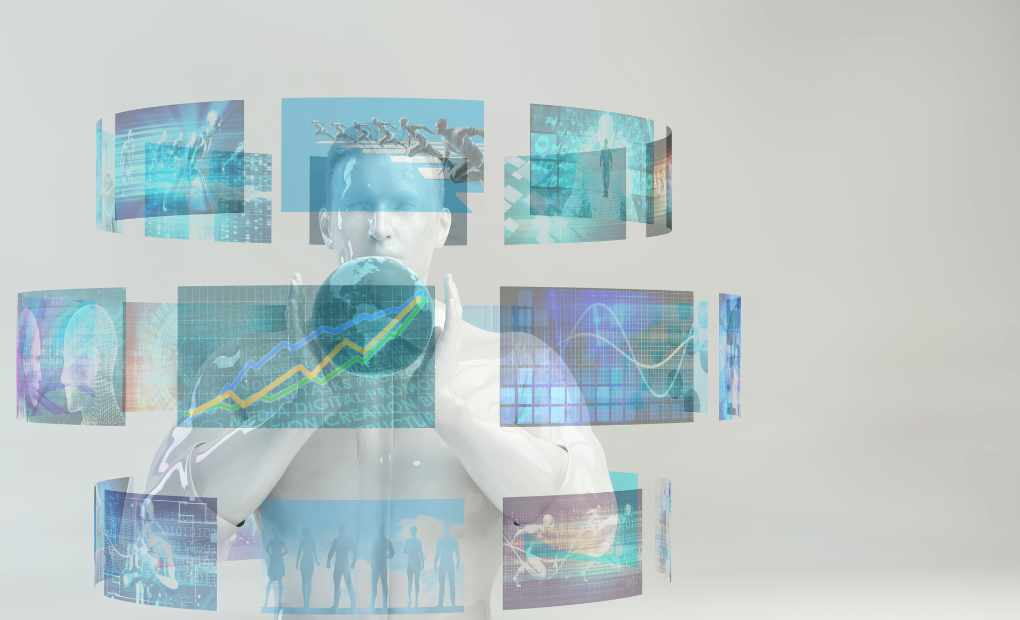Technological Trends for the Company in 2023
We see a growing need to combine different technologies to deal with disruptions in any industry or market. Based on these market dynamics, these are the four technology predictions for 2023:
Composable Reality
Over the past few years, many of the leading market research firms and analysts have discussed the need and recommendation of acquiring the best applications and “composing” them together harmoniously, known as “composable ERP”.
This challenges the notion of a monolithic ERP system as the backbone of an organization. However, the means of achieving this composition have yet to be formally addressed.
Although many vendors in the market have their specific versions of iPaaS (infrastructure platform as a service), no-code development frameworks, machine learning platforms, etc., they have yet to fully expand their portfolio to cover the entirety of an innovative use case.
Also Read: Ways Artificial Intelligence Helps Keep People Safe
End to end. This is where GSIs (Global Systems Integrators) have traditionally played an important role, but buyer demand will likely make it an easier and faster process to acquire, customize and deploy.
Many large software companies have incorporated more resources, but most still need to be natively integrated with their existing cloud services. This will be the year that becomes a reality through a trustworthy digital transformation platform that becomes the standard “glue” for any organization.
Pervasive Hyperautomation
With continued pressure on cost efficiency and market influence, there is a conflicting need for new business models and differentiation while keeping costs down. Organizations need to achieve the fastest ROI while focusing on the areas of their business where the highest costs and risks occur. In most cases, this tends to focus on operations and people.
What can be expected is that more is needed to automate a specific task. That may be the beginning of the journey. But it will be a journey of continuous improvement, even if there is a sense of automation. Can I make it faster, more accurate, proactive, and wiser? Can I continue to automate disparate systems? Can it integrate with my existing systems and knowledge? This will become the main expectation requested by IT teams, pressured by the company itself.
Business Simulations
Like the trend toward hyperautomation, companies will want to explore whether new alternatives can help them receive inventory faster, sell more products, reduce waste, break into new markets, or even assess how they can react to new business situations.
Market. Running large-scale simulations of this kind can be done in test environments. Still, it involves excessive overhead for data migrations or upgrades, process refinements, and moving changes to production. The expectation is that business users will want to access the simulations in the context of their daily work. For example, Suppose a purchasing specialist is working on an order and thinks it might be an opportunity to work with a new vendor of their choice.
Technology may allow them to simulate that decision based on extensive data profiling and machine learning and optimization models. That runs in the background. If the user likes the result, they can have more confidence in the process and ultimately make better decisions that significantly affect the overall business. It should no longer be the bottleneck for changing a business process towards better decision-making.
If the user likes the result, they can have more confidence in the process and ultimately make better decisions that significantly affect the overall business. It should no longer be the bottleneck for changing a business process towards better decision-making. If the user likes the result, they can have more confidence in the process and ultimately make better decisions that significantly affect the overall business. It should no longer be the bottleneck for changing a business process towards better decision-making.
The company is a “creative agency.”
Added to the above trends, the general movement is that, as the workforce evolves and the company is increasingly pressured for innovation based on return on investment, senior executives will want technology solutions that allow their workers to be creative in a safe but controlled way.
They’ll want to tap into the creativity of every member of every department without having to buy tons of tools and put pressure on IT to provide space for projects. Instead, this should be built into the enterprise software experience to encourage such behaviour.
Employees can manage supply chains better, resolve issues and escalations, optimize planning and inventory, and much more.
Also Read: Successful Digital Companies

